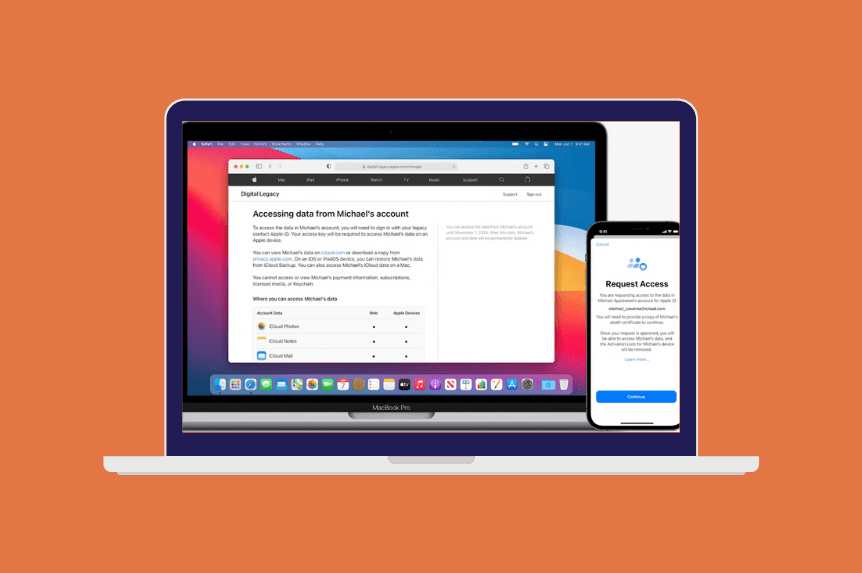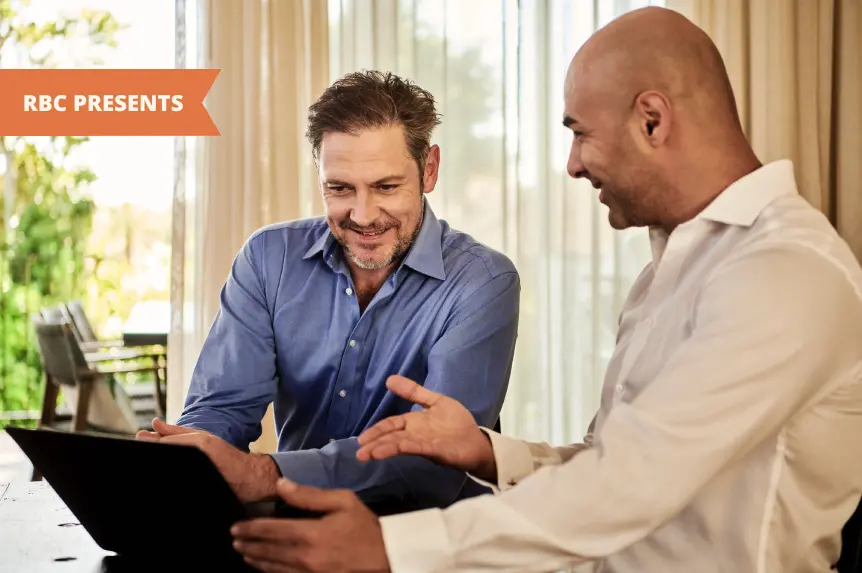Coffee With An Estate Lawyer: Managing Your Digital Assets

It’s hard to think of any part of our lives that isn’t impacted by technology. Especially throughout the pandemic, many things have moved online—work, entertainment, even seeing friends and family.
This online activity leaves behind a digital footprint made up of accounts, passwords, and various digital assets. So what happens to that footprint when we die?
On Episode 11 of Coffee With An Estate Lawyer, we dive into this topic with Sharon Hartung, author of Your Digital Undertaker: Exploring Death in the Digital Age in Canada.
Sharon is a technology management advisor with over thirty years of experience in information technology. She is an industry expert on how to handle a digital legacy and helped develop Epilogue’s Social Media Will.
Defining your digital footprint
A digital footprint consists of all your digital assets. But what is a digital asset? Sharon describes them as being “our memories, our money, and our records which are now in digital form instead of paper.” Digital assets can include:
Social media accounts
Online banking and insurance access
Digital financial assets like cryptocurrency
Loyalty points
Photo and video files
Web domains
Accounts associated with a virtual business
Some digital assets are worth money, like your bank accounts, cryptocurrencies, and any digital profile or business that makes you money. Others have sentimental value, like a personal Instagram or Facebook account full of photos and posts.
What happens to your digital footprint when you die?
Arin reminds us that back in the day when someone died, they left a paper trail for an executor to follow. Bank statements, bills, and insurance statements all came to the deceased’s house physically and allowed an executor to track down their assets and close out their estate.
Nowadays, however, we leave behind a digital trail that is a lot more complicated to trace. When you die, it is an executor’s job to track down all of your digital assets and decide what to do with them.
For financial assets, it’s a fairly straightforward process of designating the value to beneficiaries and closing accounts. However, for more sentimental assets like social media accounts, the process isn’t as clear.
Facebook and Google both have pre-planning options that let you define your wishes while you’re still alive and Apple just announced the launch of a new Legacy Contact feature.

Other platforms, like LinkedIn, only offer the option to have an authorized person request to deactivate an account after the fact. Every platform has their own unique handling of how to do this.. If you don’t identify your social accounts and define your wishes ahead of time, that complicated decision-making process falls to your executor.
Why do I need to deal with my social media accounts?
There are many reasons for documenting your social media legacy wishes. For one, it takes the burden off your loved ones to make the decision for you. In addition to that, leaving your social media accounts unaccounted for can be a massive cyber-security risk.
Many people suggest sharing a list of passwords with your executor, but Sharon strongly advises against it for a simple reason: this is against the terms of service of almost every digital platform. Even with a password, an executor could run into problems due to things like two-factor authentication.
So, what should you do?
If the thought of managing your digital estate overwhelms you, here is how to get started.
Start making a running list of all your digital assets— social media accounts, online finances, loyalty programs, and more.
Choose the top three most valuable ones and check to see if they have any legacy planning options. If they do, use them! If not, keep a running list of how you’d want them handled if you were to pass away.
Complete a Social Media Will to document your wishes for your Facebook, Instagram, LinkedIn, Twitter and Google accounts.
Watch the full episode here










